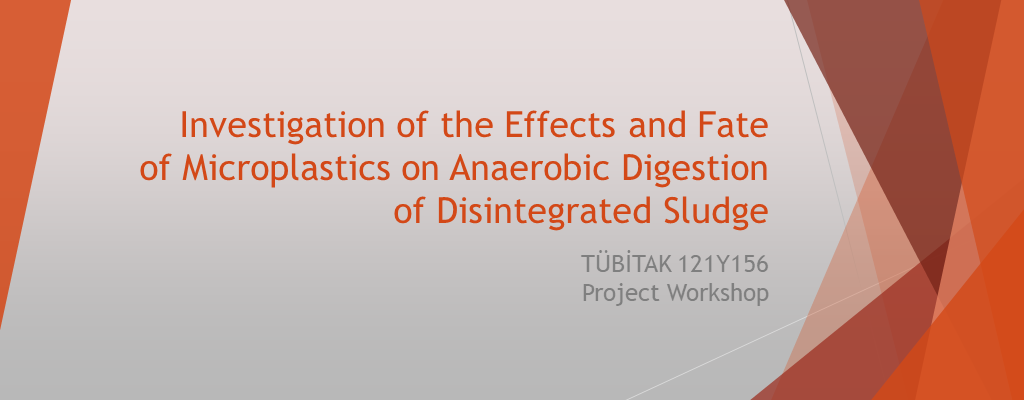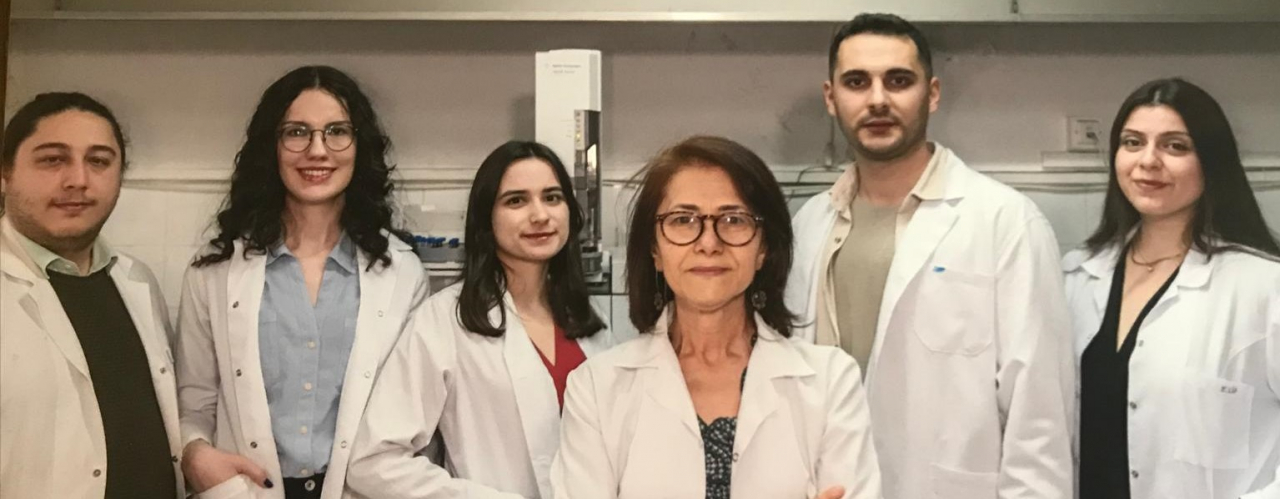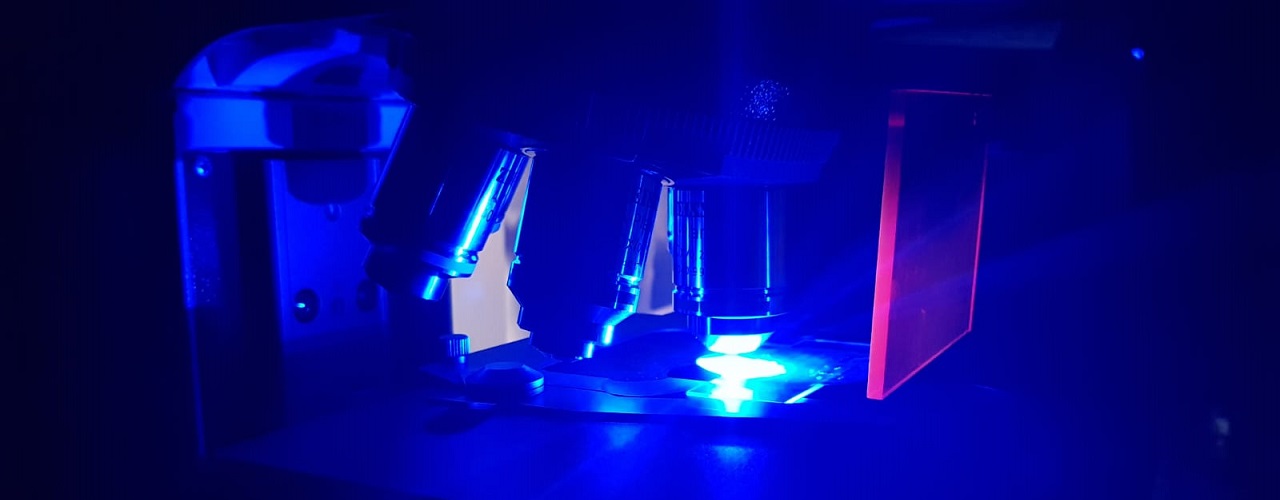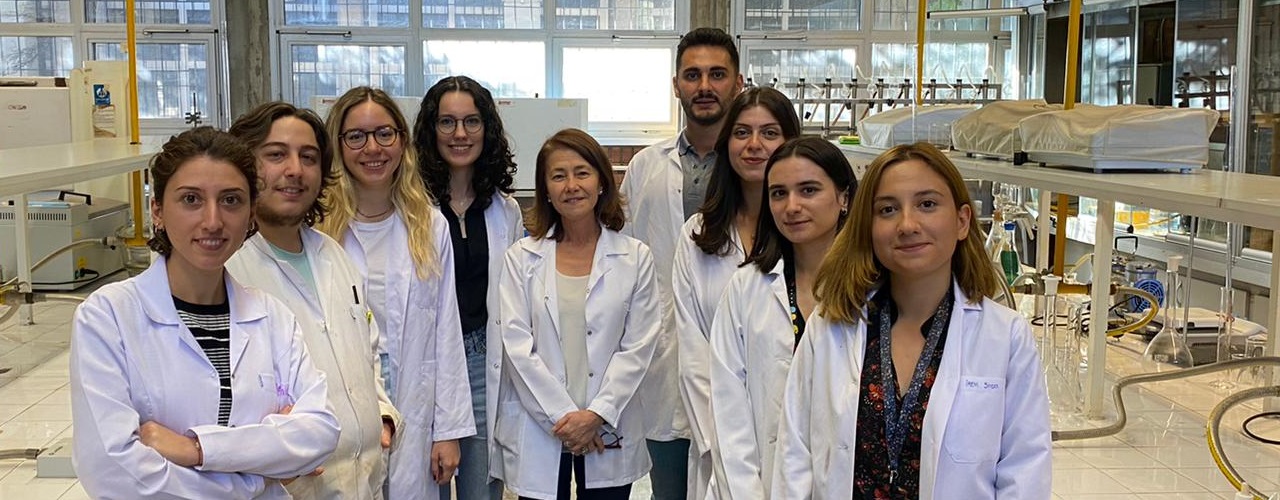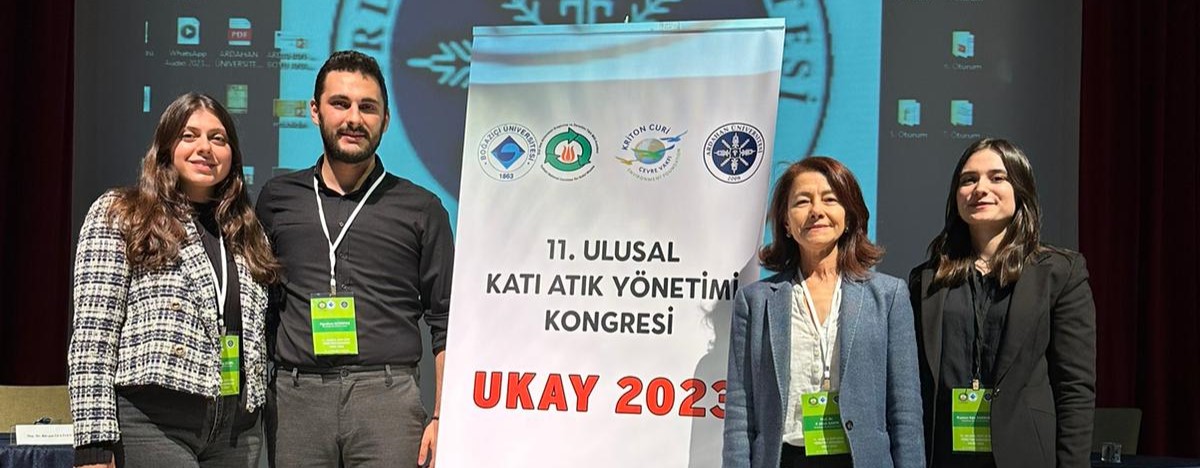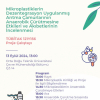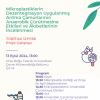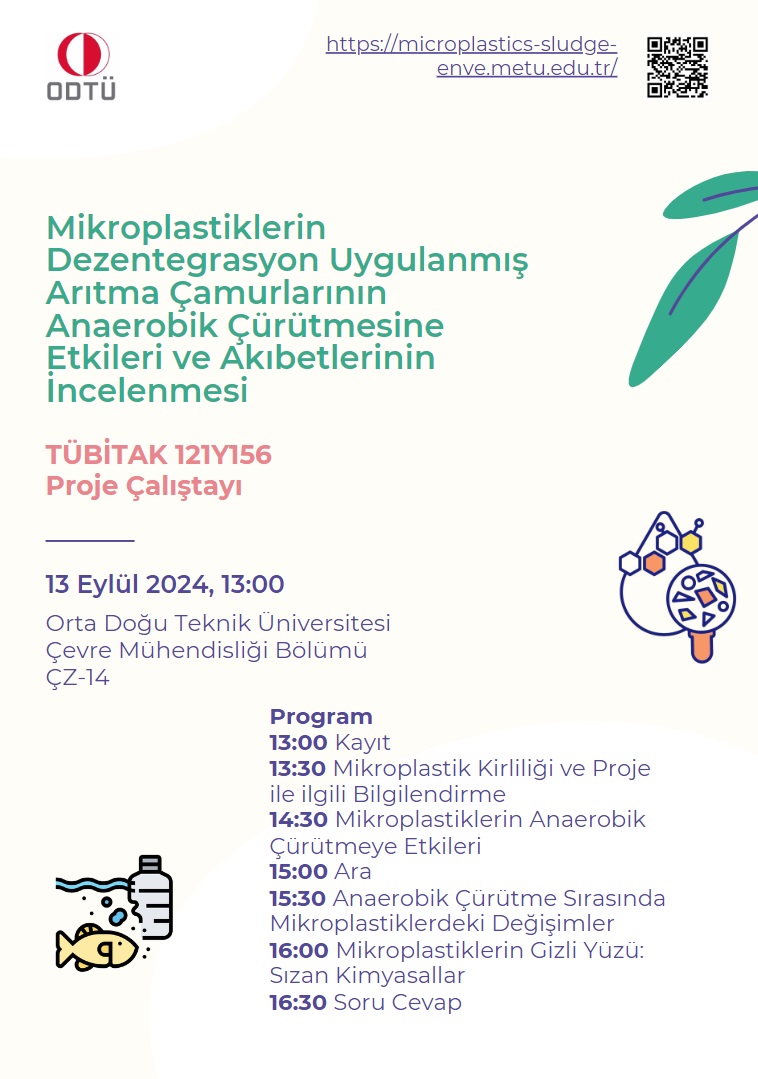Microplastic and Environment
Microplastics (MPs) (plastic particles less than 5 mm in size) encountered almost in all environmental segments have recently become a major concern. Upon their release into the environment MP hold the potential to harm marine and terrestrial ecosystems due to the fact that they can be ingested and accumulated in organs and tissues. Additionally, there is a concern for MP to be the vector for toxic organic contaminants in introducing them to marine ecosystem and then to the food web all the way up to human level. Since plastics continuously fragment in the environment to generate MP which are so small and low in density, they easily become airborne and be carried over long distances. Being airborne they can be potentially inhaled and ingested by humans and other organisms.
Domestic, industrial, agricultural activities, transportation and landfilling may generate, and spread MPs further in the environment through atmospheric transport and stormwater, inputs.Most modern wastewater treatment plants remove MPs from wastewater with over 90% efficiency but unfortunately concentrate them in sludge. Recent studies have reported MPs' impact on the performance of sludge treatment systems, including anaerobic digesters. Despite their resilience, many plastics have inherent weaknesses against alkaline and thermal conditions and becomes more prone to further degradation if exposed to such stress conditions.Sludge pretreatment practices aiming to increase biogas production by disrupting floc structure show great similarity with the stress factors mentioned.
According to the United Nations Environment Program Report, if humanity continues its production and waste management activities with its current attitude, 12 billion tons of plastic waste will accumulate in nature in 2050. Microplastics are the smallest group of plastics and easily transported in environmental systems. MP pollution, which is a global problem, is on the agenda of many countries due to the threat it poses to the aquatic ecosystem, as well as the potential of transporting themselves and the dangerous chemicals they carry to the food chain. So much so that the World Health Organization and the European Commission emphasized that more research should be done on the subject in the declarations they published independently in 2019. In addition, the development of sustainable processes for plastics and the provision of proactiveness were emphasized in the EU's Green Deal. One proposed area of intervention is the control of MPs and plastic particles that are unintentionally released into the environment as a result of processes such as textile production/use and tire wear.

